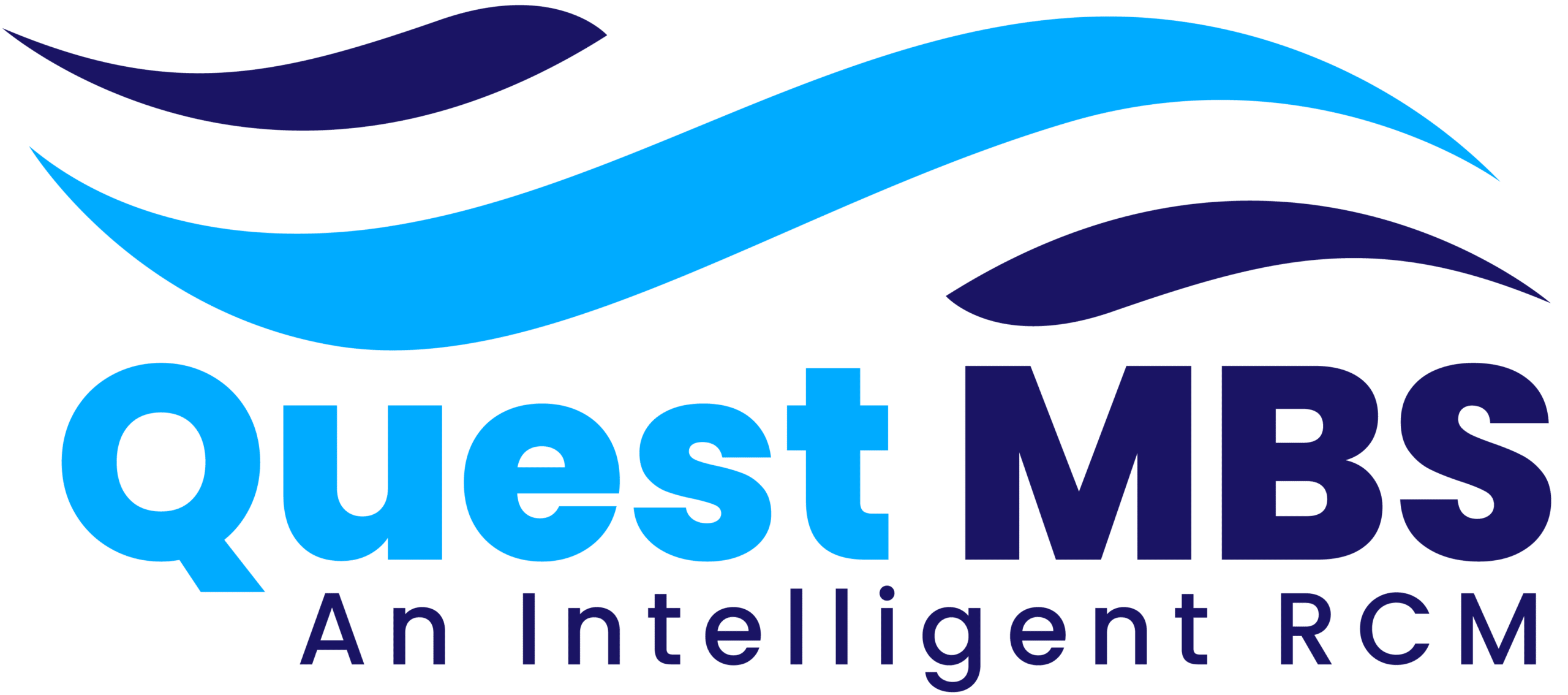Introduction: Adapting to a Shifting Financial Landscape
The landscape of healthcare reimbursement is evolving rapidly in 2025, driven by technological innovation, regulatory updates, and increasing demands for cost-efficiency and quality care. Healthcare providers are under pressure to optimize revenue cycle management while complying with rigorous documentation and patient care standards. Understanding emerging reimbursement trends is essential to reduce claim denials, enhance cash flow, and maintain a competitive edge.
Emphasis on Value-Based Care Models:
One of the biggest reimbursement shifts in 2025 is the rise of value-based care. Instead of rewarding the volume of services, payers now incentivize positive patient outcomes. Key performance metrics include patient satisfaction, reduced readmission rates, and chronic care improvements. This model promotes care coordination, accurate documentation, and evidence-based treatment plans, making quality care essential for maximized reimbursement.
Growth of Capitated Payment Arrangements:
Capitated reimbursement models are expanding across Medicare, Medicaid, and commercial insurance plans. Providers receive a fixed per-patient payment, making preventive care and patient engagement crucial for financial success. To thrive under this structure, practices must minimize unnecessary services, leverage efficient billing systems, and monitor patient eligibility and utilization.
Bundled Payment Programs Gain Momentum:
Bundled payments are increasingly used in high-cost specialties such as orthopedics, cardiology, and oncology. Providers receive a single payment for an entire episode of care, encouraging collaboration across the care continuum. Success in bundled models relies on coding accuracy, clear documentation, and strong partnerships with post-acute care providers.
Expansion of Telehealth and Remote Monitoring Reimbursements:
Telehealth has transitioned from a trend to a standard reimbursement-supported service in 2025. Both Medicare and commercial payers continue covering virtual visits, particularly for behavioral health, chronic disease management, and follow-ups. Remote Patient Monitoring (RPM) is also reimbursable when properly documented. Practices with integrated digital platforms are better positioned to navigate telemedicine billing and coding requirements.
Medicare Advantage Plans and Risk Adjustment Pressures:
With the rapid growth of Medicare Advantage reimbursement, providers must meet evolving risk adjustment standards. Accurate diagnostic coding and comprehensive documentation are essential to capture patient acuity. Failure to reflect the true risk score may lead to underpayment and revenue loss.
Enhanced Claims Automation and AI Integration:
AI-powered billing software and automation tools are transforming the claims process in 2025. Automated eligibility verification, coding recommendations, and claims scrubbing prevent errors and accelerate payments. These tools also identify denial patterns, enabling proactive workflow adjustments. Providers who fail to adopt automation risk delayed collections and operational inefficiencies.
Focus on Real-Time Adjudication and Faster Payouts:
More insurance payers now support real-time claim adjudication, providing instant decisions upon submission. Combined with electronic funds transfer (EFT) and remittance advice (ERA), providers can experience faster payouts and reduced administrative burden, improving overall cash flow.
Increased Regulatory Scrutiny and Compliance Demands:
With expanding reimbursement programs, regulatory audits have intensified. Federal and state agencies closely review claims for coding accuracy and documentation integrity. To avoid penalties, providers must adopt compliance programs, perform internal audits, and invest in regular staff training.
Rising Importance of Prior Authorization Tracking:
Prior authorization remains a major reimbursement bottleneck. Stricter payer requirements make tracking tools and automated alerts essential to avoid claim denials. Integrating authorization workflows with scheduling systems ensures approvals are obtained before service delivery.
Challenges in Medicaid Reimbursement:
Medicaid reimbursement continues to vary by state, with many providers facing low rates and delays. However, 2025 brings value-based pilot programs and managed care expansion in several states. Staying updated on state-specific billing policies and eligibility rules is essential for practices serving Medicaid populations.
Analytics-Driven Reimbursement Optimization:
Data analytics is becoming central to revenue cycle management. By analyzing denial trends, payer behavior, and collection performance, billing teams can improve reimbursement efficiency. Real-time dashboards and visual reports allow rapid decision-making for both front-end verification and back-end appeals.
Pharmacy and Specialty Drug Reimbursement Pressures:
With rising specialty drug costs, accurate billing for infusions, biologics, and high-cost therapies is vital. Failure to meet payer-specific documentation rules can lead to revenue leakage. Providers must stay aligned with drug coding requirements and reimbursement guidelines.
Outsourcing Revenue Cycle Functions for Efficiency:
To handle complex billing requirements, many practices are turning to revenue cycle outsourcing. External experts offer support for coding audits, denial management, and payment posting, helping reduce errors and operational costs. This is especially beneficial for small to mid-sized practices.
Staff Training and Education Remain Crucial:
Despite advances in automation, trained billing and coding professionals remain indispensable. Continuous education on policy updates, payer rules, and compliance standards ensures higher claim acceptance rates and timely reimbursement. Practices that prioritize professional development consistently achieve stronger financial outcomes.







